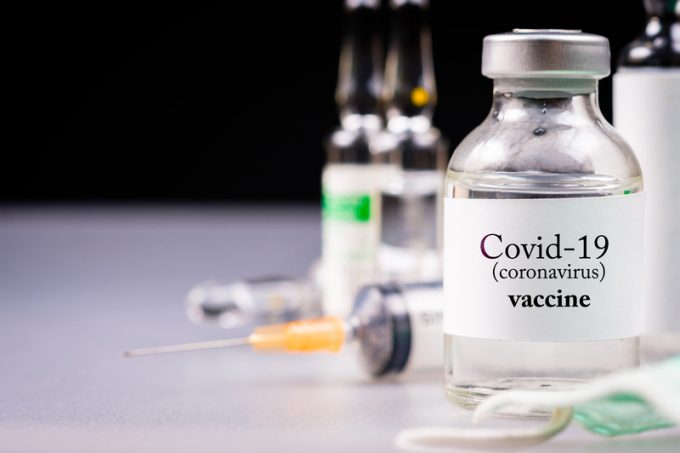Kuehne + Nagel – another bad day at the office
The same old kahuna?

In preparation for global vaccine delivery, IATA has launched ONE Source, an online platform to match shipping needs with infrastructure capabilities and service providers.
The platform, which will independently verify information, will list the latest operational information on airlines, airports, handling facilities, forwarders, shippers and truckers and take into account security and risk analysis data. The API platform will be free for all service providers.
“ONE Source will give complete visibility of the capabilities and facilities across the supply chain,” said Glyn ...
Trump tariffs see hundreds of cancelled container bookings a day from Asia
'To ship or not to ship', the question for US importers amid tariff uncertainty
'Disastrous' DSV-Schenker merger would 'disrupt European haulage market'
'Chaos after chaos' coming from de minimis changes and more tariffs
Forto 'sharpens commercial priorities' as it lays off one-third of staff
List of blanked transpac sailings grows as trade war heats up and demand cools
EC approves DSV takeover of DB Schenker
Overcapacity looms for ocean trades – with more blanked sailings inevitable
Amazon Air’s metamorphosis: 'a different air cargo unit from two years ago'
Shippers in Asia restart ocean shipment bookings – but not from China
India withdraws access for Bangladesh transhipments, in 'very harmful' decision
'Tariff hell' leaves industries in limbo – 'not a great environment to plan'

Comment on this article